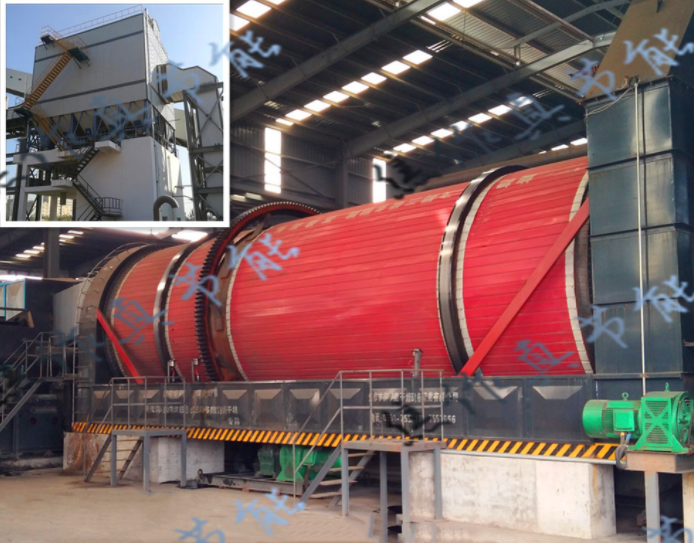Toxic or harmful substances in sludge will cause harm to the environment and human body. The goal of sludge treatment and disposal is to avoid the formation of secondary pollution sources of organic matter, pathogenic bacteria or other harmful substances in sludge. Traditional sludge treatment and disposal methods are directly used for landfill, agriculture and incineration. However, with the increase of sludge production, the characteristics of sludge are constantly changing, and the traditional treatment and disposal methods can not meet the goal of sludge treatment and disposal.
With the continuous progress of science and technology, the emergence of a new sludge treatment and disposal technology, sludge drying and incineration technology, can achieve the goal of harmless sludge, reduction, stabilization and resource treatment and disposal. Drying can not only make full use of the heat source in the sludge to reduce the volume and weight of the sludge. Incineration can not only kill all the bacteria and pathogens in the sludge, but also decompose the organic matter in the sludge to avoid secondary pollution.

Sludge drying can be divided into direct drying and indirect drying by heating. Direct drying is the direct introduction of hot air into the sludge dryer to make the hot air directly contact with the sludge, so as to realize sludge drying. The characteristics of this method: high utilization rate of heat energy. Indirect drying is to transfer heat through the evaporation heating surface, and the sludge is contacted by the heating surface, so as to make the sludge dry. The difference between the two drying methods lies in whether the material can be polluted by heat in the drying process. Some materials cannot be contaminated, so indirect drying is needed. Some sludge can be directly dried if it is not affected by pollution. After all, direct drying has low energy consumption and high production efficiency.
After the sludge is dried, it can be incinerated. Compared with burying, this disposal method has obvious advantages, such as: 1. Reduce the area of sludge; 2. Incineration can decompose the organic matter that is not easy to degrade in the sludge; 3. The ash obtained after incineration contains organic elements, which can be used for the manufacture of other products and realize resource recovery and reuse.
Copyright ©2022 by Jiaozuo ZJN Environmental Protection Equipment Technology Co., Ltd.